Tourism is booming, and millions of Iranians are re-discovering the seductions of their northern Caspian Sea coast.
CHALUS, Iran—
The jungles of Iran’s northern Caspian Sea coasts have drawn generation after generation of Iranians looking for a getaway from the country’s arid central regions. For Iranians, the word shomal—which means simply “north” in Persian—has become synonymous with vacation. Shomal is a verdant paradise of humid green forests covering high mountains and mile after mile of rice paddies skirting the region’s beaches. In terms of climate and culture, the north is a world away from the country’s center, where most Iranians live.
Across the region, thousands upon thousands of holiday homes, optimistically called villas, have been built to cater to the pleasure-seeking masses. The result, predictably, has been a phenomenal increase in traffic and construction, with tower after tower of holiday apartments sprouting up between and betwixt gated neighborhoods of million-dollar vacation homes. Many of these plans were laid decades ago but have only come to fruition recently as free-market reforms made a small elite fantastically wealthy off the country’s oil bonanza. The lifting of Western sanctions following the recent nuclear deal and an influx of foreign tourism has further swollen the ranks of visitors.
Gridlock is a feature of every weekend; after every holiday, national newspapers carry the number of people hospitalized for asphyxiation from breathing car exhaust for hours while stuck in tunnels on the overcrowded roads through the mountains as millions try to reach their villas at the same time.
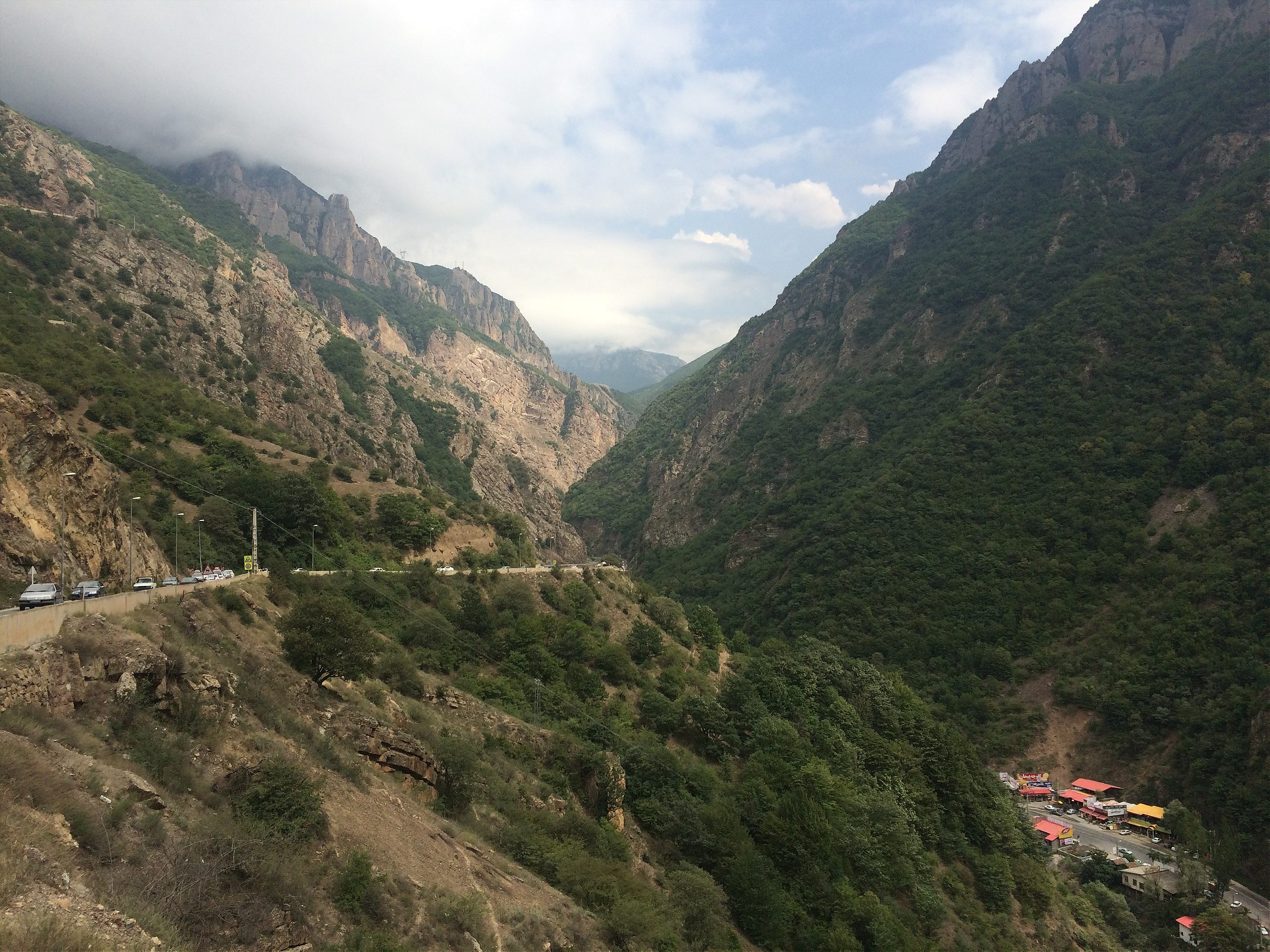
But it’s impossible to dissuade them from coming. There’s a magic in shomal, a magic fostered by the climate and the centuries of isolation imposed by the rugged geography that allowed this region to develop its own royal court, languages, and connections to Russia, the Caucasus, and beyond, giving it a culture all its own even today.
The twin provinces of Gilan and Mazanderan that make up the region have long relished their independence from the country’s Persian core to the south. In the north, Persian is the language of government, education, and the tourism industry, but the streets here ring with the lyrical Gilaki and Mazanderani languages.
The provinces were relatively isolated from the rest of the country until the early part of the 20th century when a road was finally carved through the mountains. That thin, winding thoroughfare is still the main way up from Tehran today.
But when a massive new highway slicing through the mountains opens up at the beginning of next year—reducing travel time from Tehran from four or five hours to two—the appeal of shomal, and the sprawl, are likely to only increase.

Earlier this year, Spain’s Melia Hotels chain announced that it would be building the first five-star international hotel in the country to open since the 1979 Iranian Revolution. Located in Motel Ghoo—an area named for a pre-Revolution hotel that has long since been shuttered—the new hotel’s massive 430-foot-high towers loom over the tiny one-story village center beside it. It is set to open sometime next year.
It is part of a massive boom in foreign tourism investment that has taken the country by storm, with experts predicting that around 150 new hotels will open across the country in the next five years alone. Visa restrictions for foreigners have been greatly loosened and hotels across the country are packed every weekend. Euromonitor expects international visitors to top 6.3 million by 2021, a 25 percent increase over the present. Many of these tourists are Europeans, as well as a large number of Iraqis, Lebanese, and Arabs from the Persian Gulf states. Government officials, probably taking into account the country’s booming religious tourism market as well, have optimistically predicted 25 million annual tourists by 2025.
After the 1979 Revolution, the Americans were chased out
Just six miles to the east of the new Spanish towers is the former Grand Hyatt Hotel, opened in the early 1970s. The Hyatt was the first major American luxury chain to open in the country. With a prime beachfront location, it quickly became a symbol of the kind of modernity and Westernized leisure that Tehran’s rising middle class was looking for in a domestic beach vacation, attracting locals and foreigners alike with its chic décor.
But after the 1979 Revolution, the Americans were chased out and many of the well-to-do families who frequented the hotel fled. The next year, Iraqi President Saddam Hussein tried to take advantage of the chaos by invading Iran, launching an eight-year long war that would leave nearly a million dead, mostly on the Iranian side. Tourism understandably dried up during those years, and many of the villas owned by Iran’s former elite—driven out during the Revolution and then the war—sat empty.
The former Grand Hyatt eventually re-opened under a local brand, but it never managed to recover its past allure. Instead, the whole place maintains an ambivalent feel, as the redesign by the new owners couldn’t quite embrace a “retro chic” look without admitting that the place’s best days were behind it. The pool is filled with murky water and one of the in-pool bars sits awkwardly above water level, while the other is cemented up. It is neither luxurious enough to attract the nouveau riche clientele that have taken over much of the region’s coast nor interesting enough to attract the nostalgic. Instead, it just sits there, awkwardly trying to cover up uncomfortable reminders of the past while pretending things were always meant to be this way.
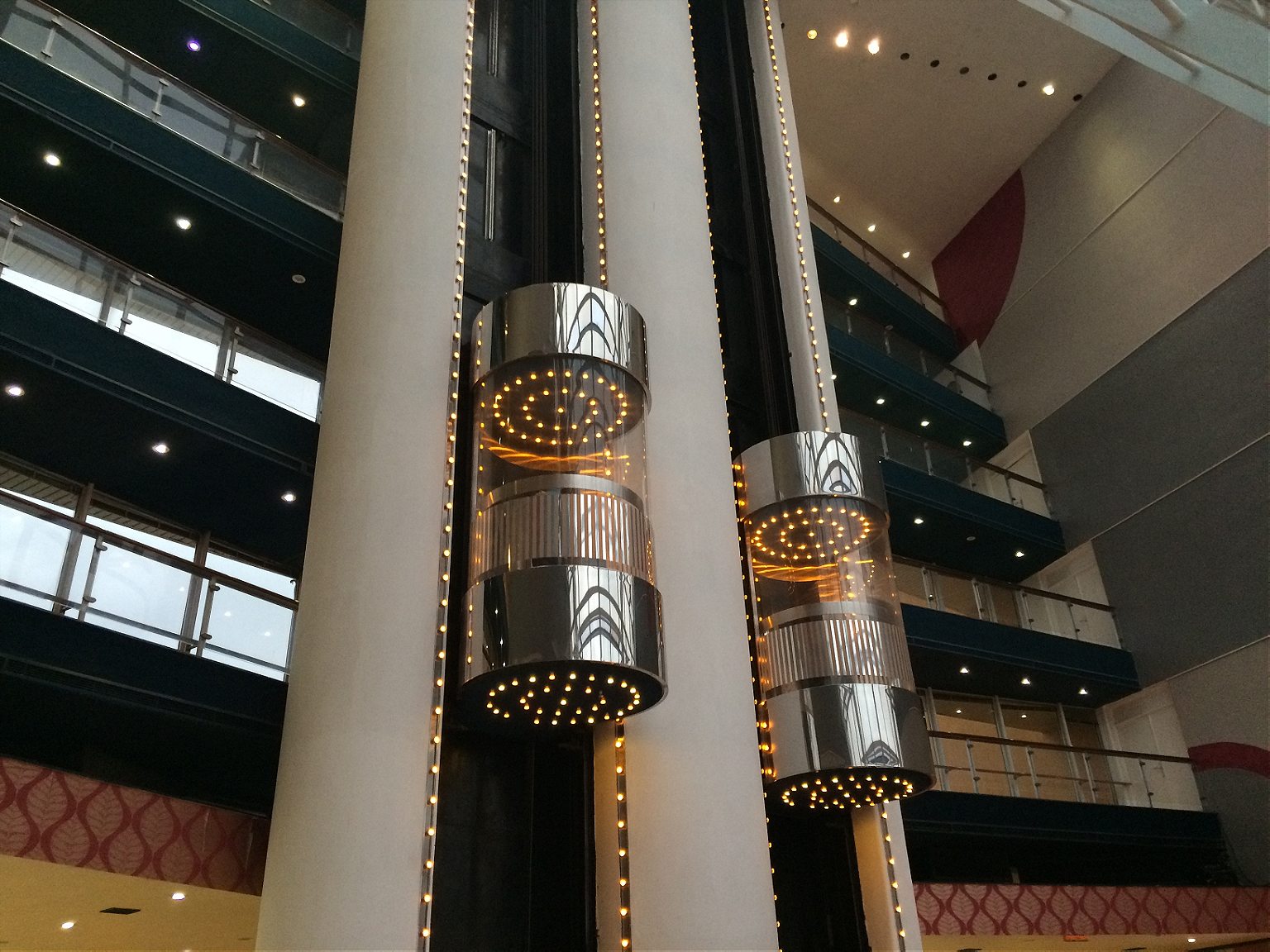
The luxuries of today’s Caspian Coast make the pre-Revolution excesses seem modest in comparison. In some gated communities, second homes go for at least a million dollars, and most restaurants and shops along the way hawk souvenirs at prices not far below those at beach resorts in the United States.
But the masses keep coming as well, waiting hours in traffic and setting up tents along the roadside and having outdoor picnics on highway medians en route. And once the green mountains, humid air, and endless coastline of the beach stretches before them, it all seems worth it.
Chalus, the main junction town north from Tehran, is built around a river a few miles south of the Caspian coast. It is surrounded by rice paddies and agricultural fields, and a century ago was nothing more than a quiet road junction with a few houses clustered around it.
Ghassem Grantab, a Tehran-based architect familiar with the area, dates the city’s transformation to the 1920s, when British engineers helped the country’s modernizing ruler Reza Shah cut the first road through the mountains from Tehran. Suddenly, Chalus was at the center of it all, and hundreds moved from across the country to join the boom, accompanying the thousands of villagers from the nearby mountains who helped build a distinct town culture that was both cosmopolitan but also distinctly shomali.
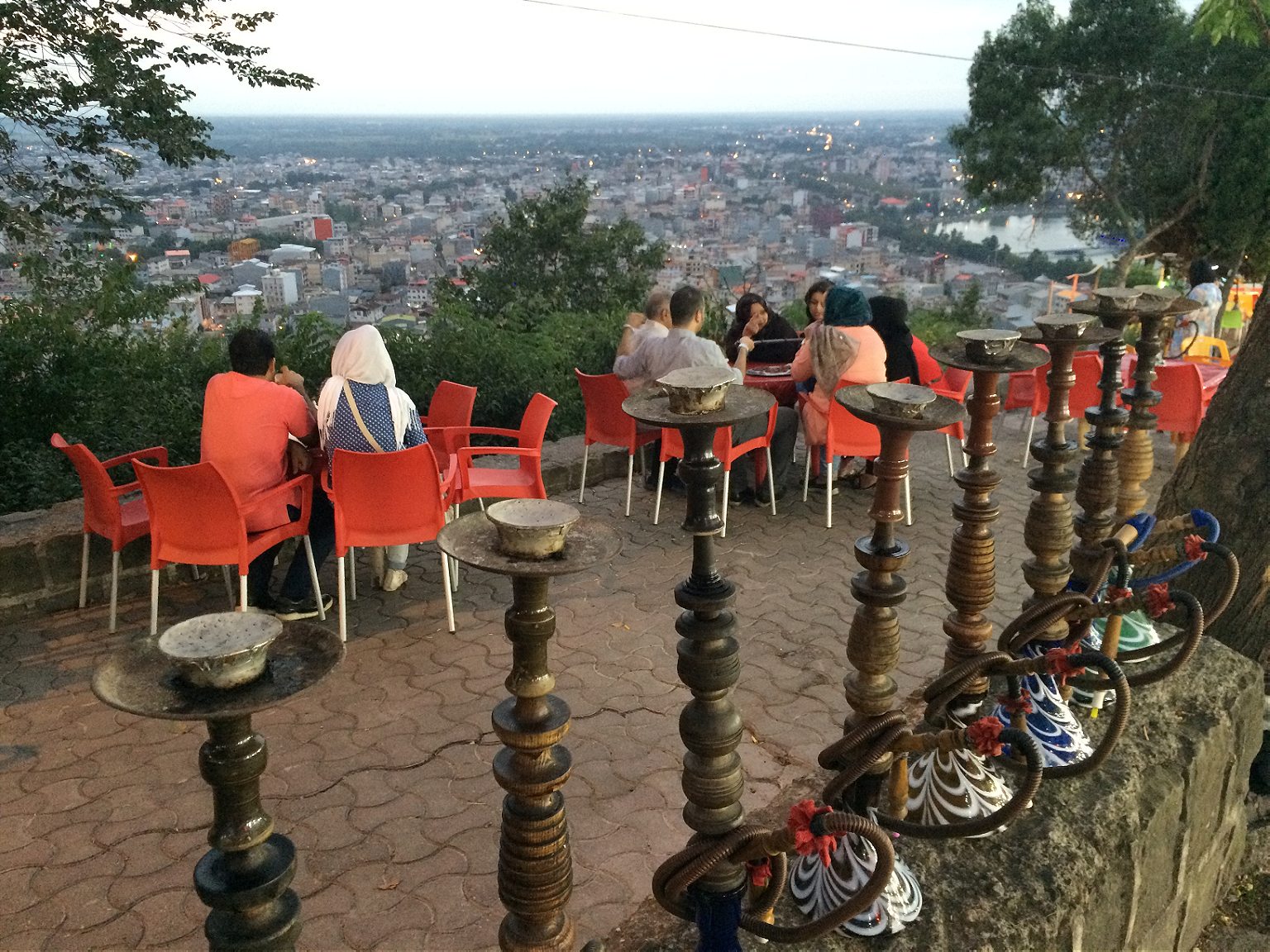
When my grandfather was called up for service in the Iranian army in the 1930s, he was stationed near Chalus and ended up moving there to start a life with my grandmother. Unlike the Persian farming towns in central Iran where they grew up, Chalus was a tidy, pretty, and undeniably modern, inhabited by a mix of Persians, Mazanderanis, and Gilakis with some Armenians and Russians thrown in for good measure. The town was full of opportunities and small cafés where strangers from near and far passed through, a beacon of progress for the little insular mountain villages scattered across the town’s hinterland.
On the west side of Chalus’ river is a small bazaar and the older houses and hotels hint at the city’s former identity as a busy roadside rest stop. On the east side, meanwhile, is a grand, mid-century hotel that Pahlavi Shah Mohammad Reza frequented until the Revolution kicked him out in 1979. Nowadays, the hotel is a hospital. And although the river boasts a partial promenade and some parks, much of the land nearby has been taken over by squatters, many of whom arrived during the Iran-Iraq War looking for a place to set up shop.
Near the bazaar, surrounded by the rice paddies that block access to the coast, is a large complex that once hosted a textile factory that was the base for leftist organizing and even an ill-fated uprising in the late 1940s and early 1950s. Today, the area’s attractive old brick buildings are living quarters for the families of those linked to the Basij, the state-affiliated paramilitary group that organized volunteer resistance to Saddam Hussein’s troops when Iraq invaded Iran in 1980 and is still active today, including fighting on behalf of Bashar al-Assad’s government in Syria.
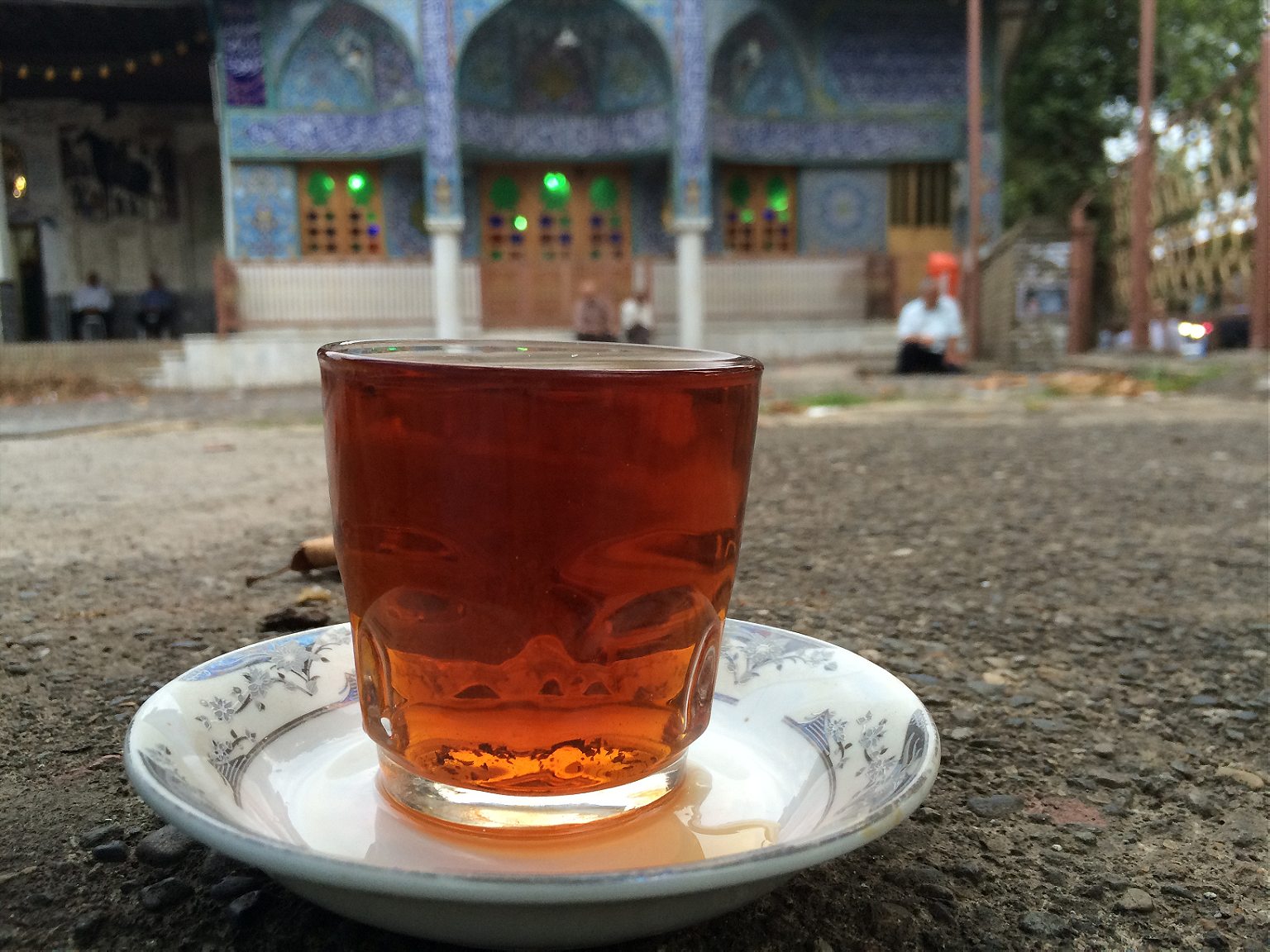
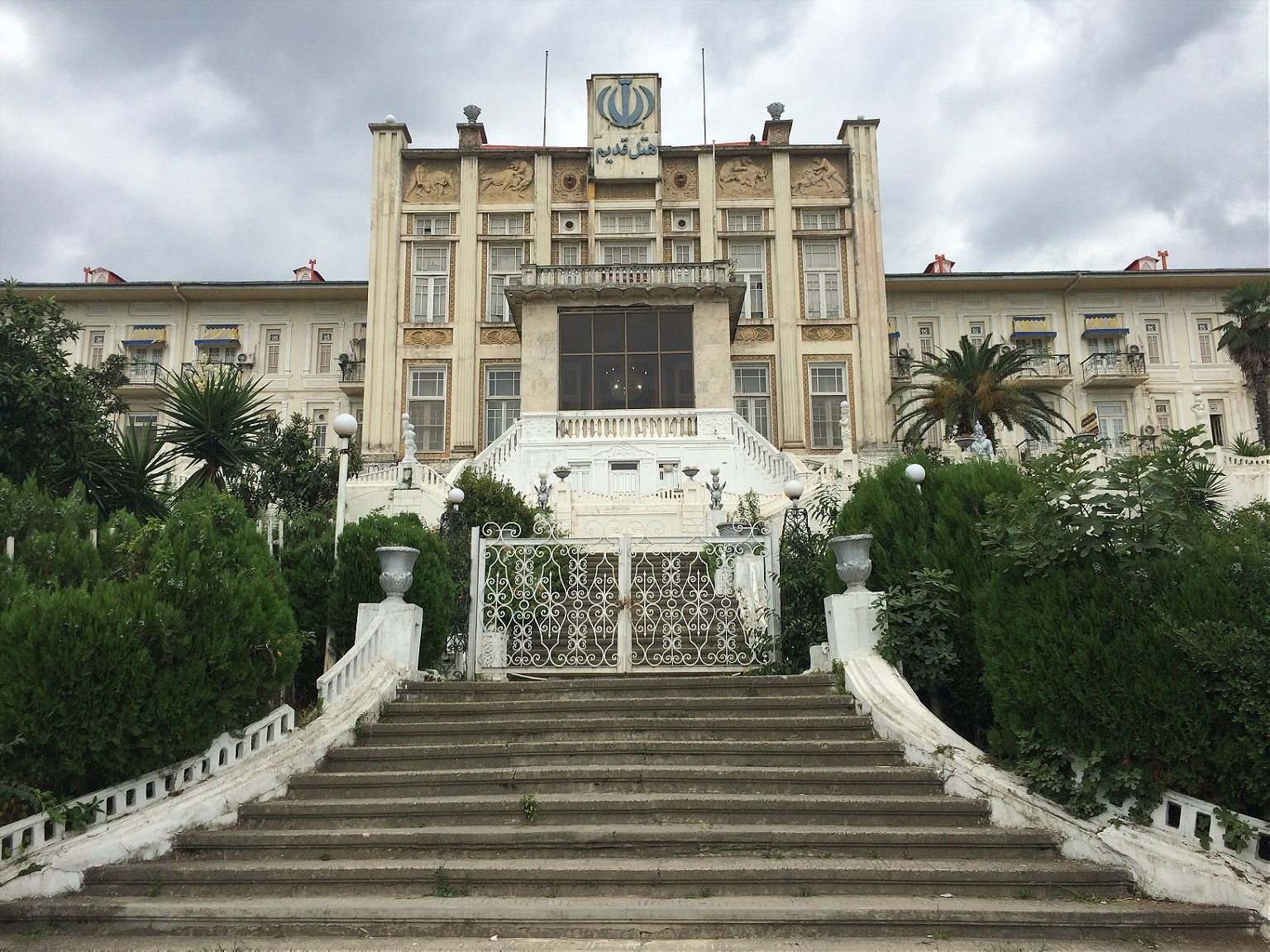
These days, the main roads taking tourists from Tehran to shomal almost completely bypass Chalus. Despite being geographically at the heart of the region’s tourism industry, the sprawling developments along the coast almost completely ignore the city itself, instead focusing on seaside neighborhoods that lead away from town along the coastal highway. A visit to shomal is an autocentric holiday, and after four hours on the road from Tehran the attractions of Chalus’ aging brand of mid-century modernity are limited to a quick bathroom stop before continuing on to the beachside villas in the distance.
The Iranian love affair with the car has taken a toll on the region around Chalus as a result. Dariush Borbor is considered Iran’s first-ever professional urban planner, and he designed the master plan for the area back in the 1960s that continues to define development until this day.
Borbor says that the region’s great beauty had been the very thing that leading to its “destruction by unplanned development.”
Along the roads outside of Chalus, for example, huge swathes of forest have been chopped down for villa construction, and the region’s economy has shifted from an agricultural base to one oriented toward tourism.
“Highways have been built without planning in places they shouldn’t be, and there hadn’t been any real control over private development nor laws protecting the agricultural sector. So much of the region’s land has been given over to agricultural land,” he says, calling the situation an “environmental catastrophe.”
In recent years, authorities have begun implementing far stricter environmental laws, giving vast swathes of land in the hills and mountains of the north over to protected nature reserves.
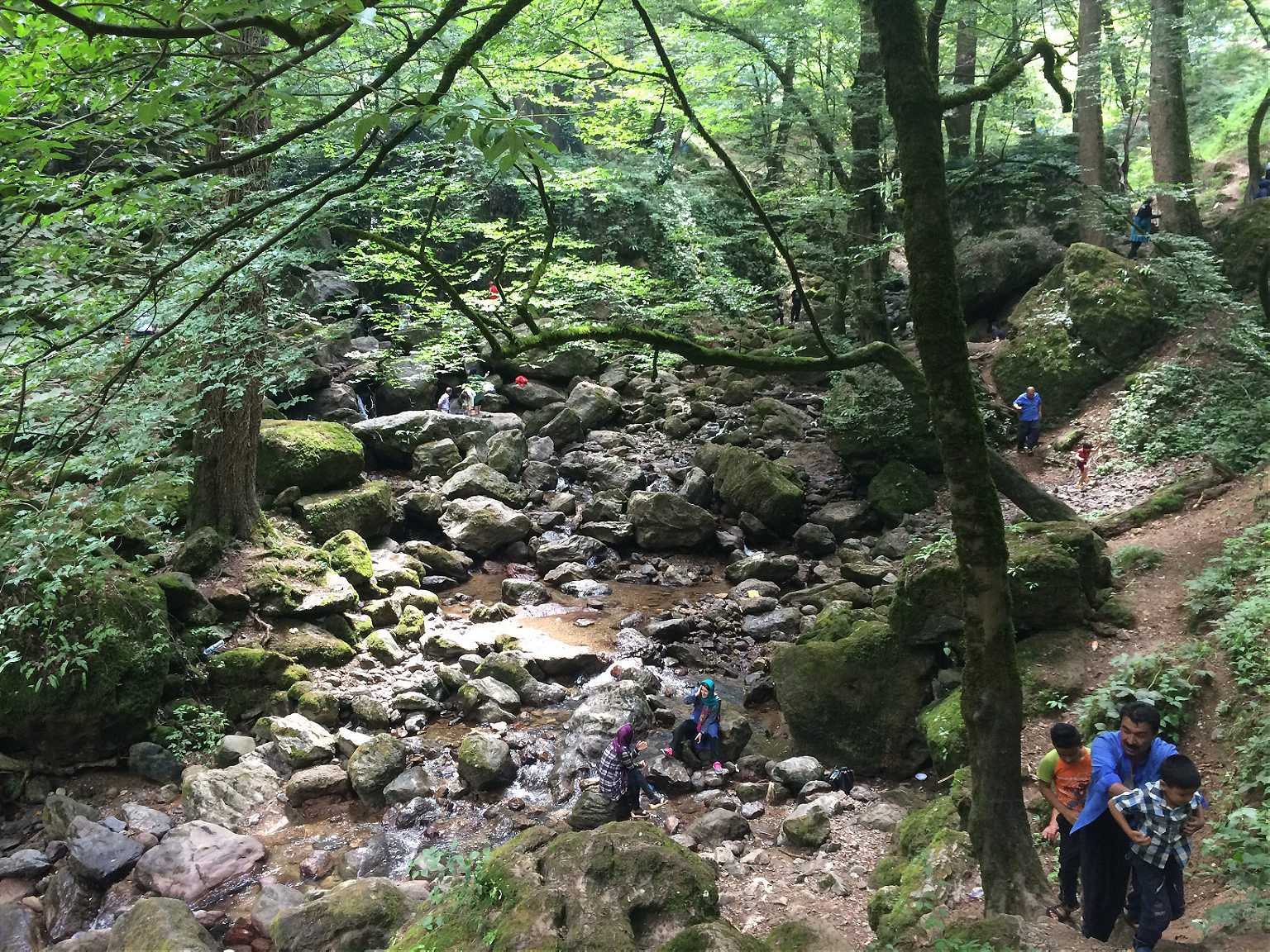
Environmental activists have been behind much of the work, with Vice President Massoumeh Ebtekar—who is also head of the national Environmental Protection Organization—leading the charge. Ebtekar, who was the country’s first female vice president back in 1997 and has been in and out of power in the years since, regularly tweets support for conservation movements across the country to her nearly 50,000 Twitter followers and has made meeting with environmental activists a priority during her time in office.
Supreme Leader Ali Khamenei, more well known outside Iran for his fiercely anti-Western speeches, has also blessed the efforts, denouncing private encroachment on public lands and supporting efforts to clear the northern beaches of private development. Every once in a while he even publishes photographs of himself going on a hike with friends and advisors, using the occasions to issue statements of support for legislation to limit development in natural areas.
The work appears to be bearing fruit, even amid the development bonanza that has followed the end of sanctions. However, in the face of an increasingly robust domestic consumer market and a flood of tourists from abroad, it is unclear how much longer the magic of Iran’s north can sparkle. For the millions who trek up every holiday weekend, however, the allure of shomal remains as strong as ever.
